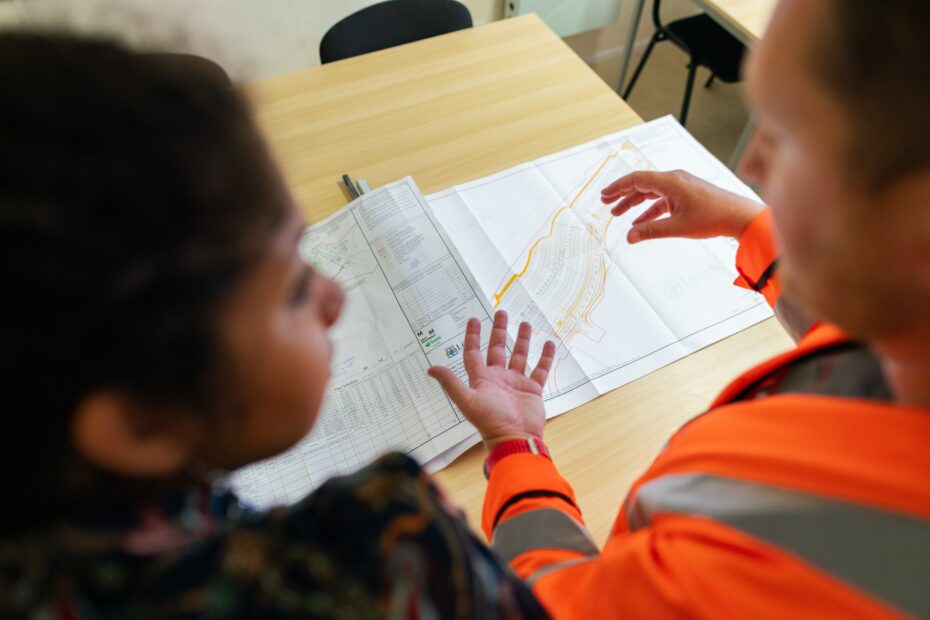“She’ll be right” is no longer a choice
A builder recently approached me to conduct a risk assessment for maintenance on a multi-level building. I declined as working at heights is outside the scope of my health and safety expertise. This left me thinking about how small and medium-sized business owners view task safety and what could I do to help them find the right advice.
We Kiwis have a love affair with “she’ll be right” and the “can-do” attitude. As a nation we are proud DIYers. The sobering reality of not finding or following workplace advice can be found in news media. An interesting illustration from safety psychologist Erik Hollnagel (2009) says whilst things go right most of the time, our willingness to do a job quickly – i.e. taking short cuts versus doing it thoroughly – can have unintended consequences. Hollnagel highlights a gap in managements’ understanding of how work as imagined as getting done (properly or thoroughly), and how workers actually get work done (quickly or efficiently).
Get workers onboard
Businesses need to engage workers when managing risk from activities they do. After all, they are the ones who know the job well. Workers also know short-cuts to optimise time. Find out what annoys or frustrates your workers about the job, and how these can lead them to taking shortcuts. Business owners may be surprised to learn how small changes in the way work is organised can impact positively on how workers operate!
Typically, routine tasks are performed using standard operating procedures. The job safety analysis or JSA, is the tool for assessing high-risk activities such as working at height, confined space entry, working around sercives, or any task involving pedestrian workers and moving plant or machinery. There are no shortcuts to safety – with some foresight and planning, it is possible to complete any job safely. The down-side of poor planning can be an accident or serious incident resulting in reputational damage, regulatory enforcement or prosecution. That aside, there is the ethical and moral dilemma of seriously injuring or killing a worker.
Health and safety advisor-business fit
Whilst larger businesses typically have both the capacity and capability in-house to deal with assessing and managing risk from hazards within their workplace, SMEs often rely on one person to perform multiple business functions. As a SME, it is important to know your limitations, and when to seek expert help. The Health and Safety Association of New Zealand (HASANZ) is able to bridge this knowledge gap by providing a database of verified members, whether for a one-off assessment or as part of an ongoing safety management plan.
HASANZ independently assesses and peer reviews all members to ensure competency. Engaging a HASANZ registered consultant can help you effectively manage workplace health and safety, saving your business time and money. It is also important for health and safety practitioners to know their limitations when providing advice. We want to be helpful, but may unwittingly provide a deficient service if out of our scope. In the imitable words of someone wiser than I – “A man has got to know his limitations” – Dirty Harry.
And of the enquiry? I referred the builder to HASANZ colleagues with the working at heights endorsement. Drop me a line below – I would love to hear how your business deals with health and safety!
HASANZ: Find an advisor.
Hollnagel, E (2009). The ETTO principle: Efficiency-thoroughness trade-off : Why things that go right sometimes go wrong. Ashgate.
